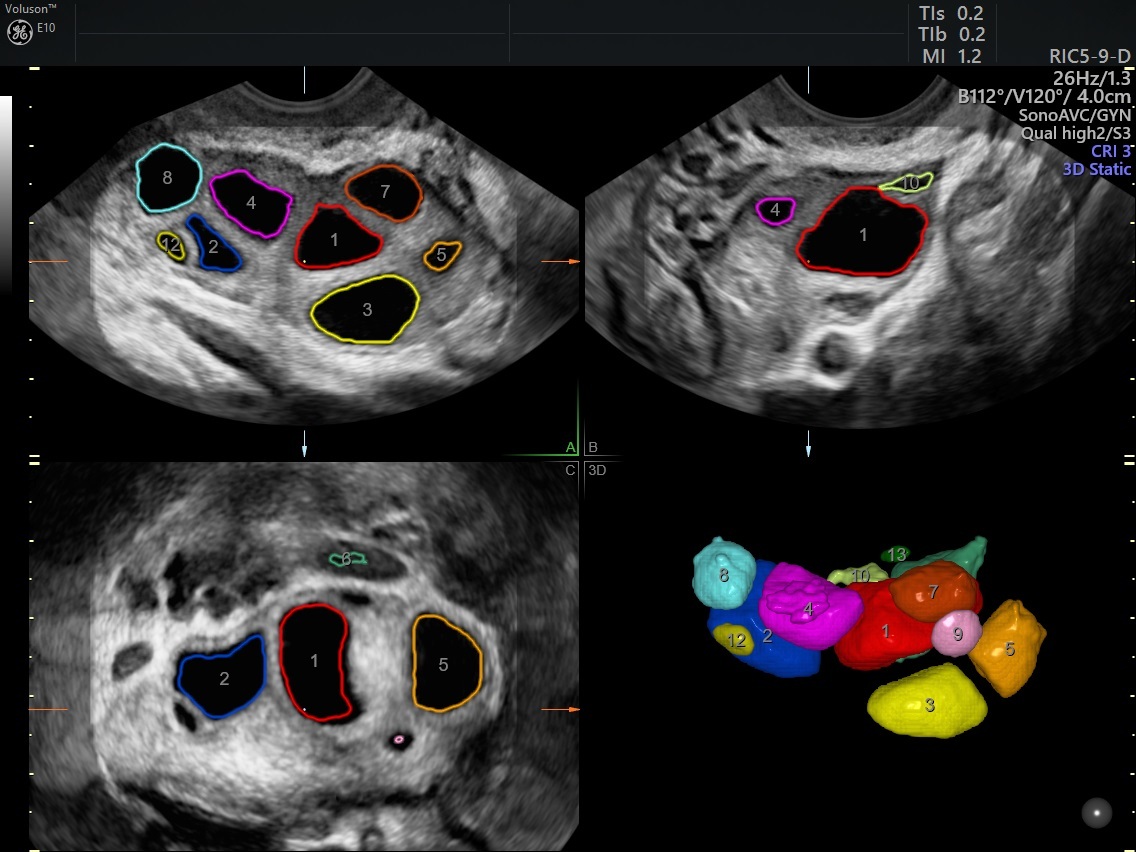Missing the occasional menstrual period is a normal experience for many gynecology patients. Full-on amenorrhea, however, can point to broader health issues.
Functional hypothalamic amenorrhea (FHA) is one of the most common causes of secondary amenorrhea and is responsible for 20 to 35 percent of cases, according to a study published in the Journal of Endocrinological Investigation. This complex hormonal disorder can have serious consequences for your patients' fertility and long-term health.
Symptoms of Functional Hypothalamic Amenorrhea
FHA is a type of hypogonadism marked by complex hormonal shifts, including profound hypoestrogenism. The hormone disturbances in the ovaries, pituitary glands and hypothalamus that characterize this condition can often be traced to excessive exercise, weight loss, stress or a combination of these factors.
Female athletes may be more vulnerable to this disorder. According to a study published by Human Reproduction, 50 percent of women who exercise regularly experience moderate menstrual disorders. Up to 30 percent experience amenorrhea, including FHA.
Patients with functional hypothalamic amenorrhea often present with low levels of insulin-like growth factor 1 (IGF-1), serum insulin and total triiodothyronine (T3), and high levels of cortisol. They may also have low bone density, which carries a long-term risk of osteopenia and osteoporosis. In the cardiovascular system, patients with FHA often have abnormal changes in their lipid profiles and endothelial dysfunction. Patients with FHA also suffer much higher rates of depression and anxiety, notes the Journal of Endocrinological Investigation. Finally, functional hypothalamic amenorrhea impairs reproductive function, resulting in infertility and anovulation.
Fertility Treatment Options for Patients With FHA
Pulsatile gonadotropin-releasing hormone therapy, or pulsatile GnRH therapy, is the gold standard for treating FHA and inducing ovulation. This treatment uses an intravenous or subcutaneous GnRH pump to deliver timed pulses of the hormone. According to a study published in Reproductive Biology and Endocrinology, this therapy restores GnRH secretion in patients with FHA, yielding a nearly 95 percent pregnancy rate in six months.
In a study of this treatment published in Gynecological Endocrinology, patients were given an initial dose of GnRH administered in 5 μg per pulse intravenously and 15 μg per pulse subcutaneously. "The treatment was monitored by regular dosing of gonadotropins, estradiol and progesterone; and the development of follicles and ovulation was monitored by [transvaginal] ultrasonography," the authors write. All study participants ovulated successfully, resulting in 10 pregnancies over 7 patients.
During pulsatile GnRH therapy, ultrasound is used to measure the ovarian response and monitor follicle development. The first ultrasound exam is conducted on the eighth day of stimulation to look for multifollicular response. Regular monitoring allows physicians to reduce or increase the GnRH dosage as needed if a patient is a poor responder or has a multifollicular response.
Monitoring continues until at least one dominant follicle emerges, and the pump remains in place until spontaneous ovulation occurs. Serum E2 and LH assays are also used to check a patient's progress.
Measuring Follicles With Ultrasound Tools
Measuring follicles by hand can be a tedious process. Instead, clinicians can use ultrasound tools such as SonoAVC™follicle (available on Voluson™ ultrasound systems) that automatically measure the size and number of follicles and make this process more efficient and accurate.
"Manual measurements are very challenging, especially when multiple follicles are present," says Angela Palumbo, MD, of Centro de Fecundacion In Vitro in Tenerife, Spain. Palumbo relies on SonoAVCfollicle for measurements and to time patient stimulation. "If we looked at manual measurements, we would continue the stimulation — but many times, SonoAVCfollicle tells us to stop — the patient is ready."

Follicles Measured with the SonoAVCfollicle Tool
Pulsatile GnRH therapy, along with 3D ultrasound for monitoring follicle development, offers patients with FHA-related infertility renewed hope for a healthy pregnancy.


